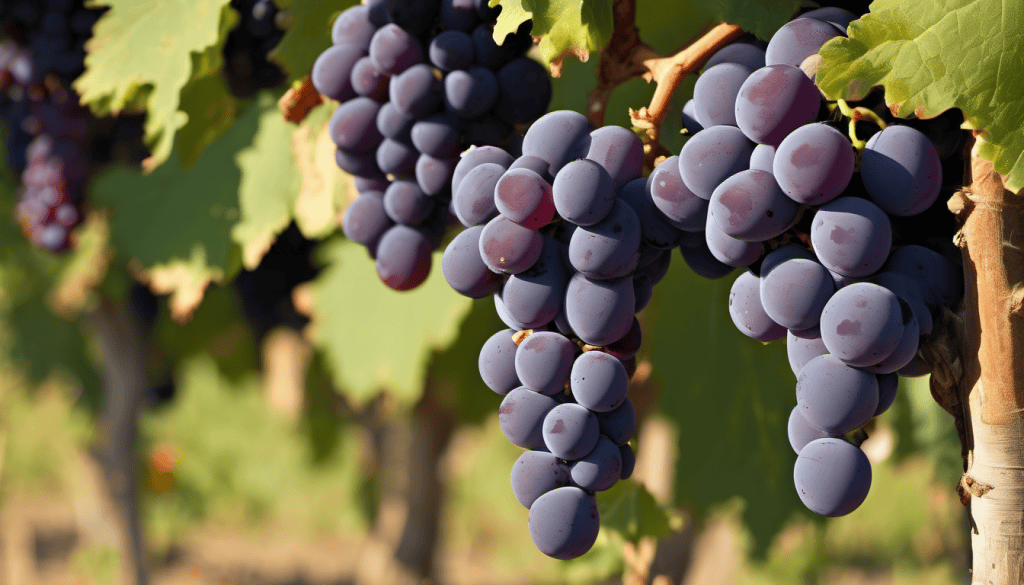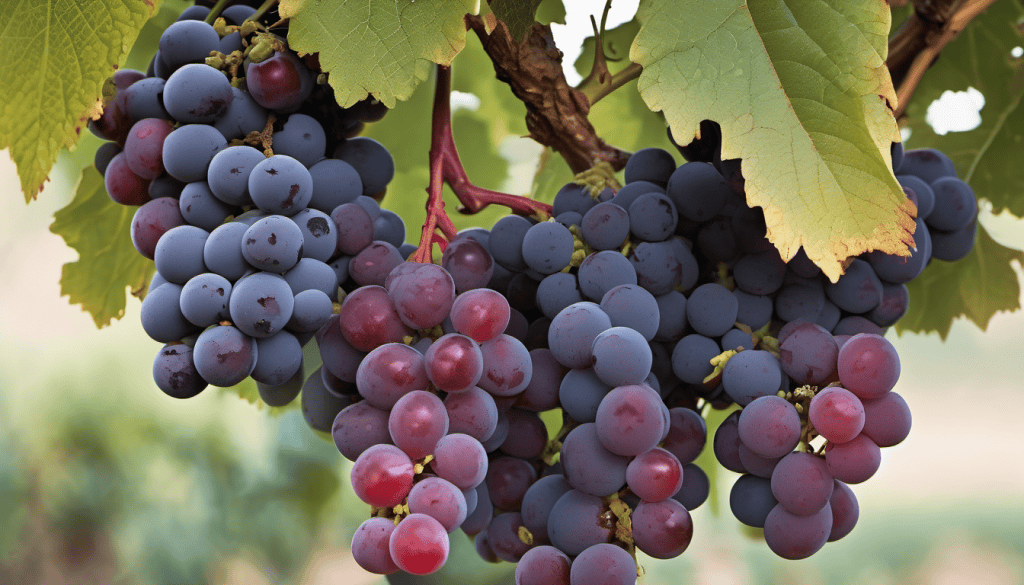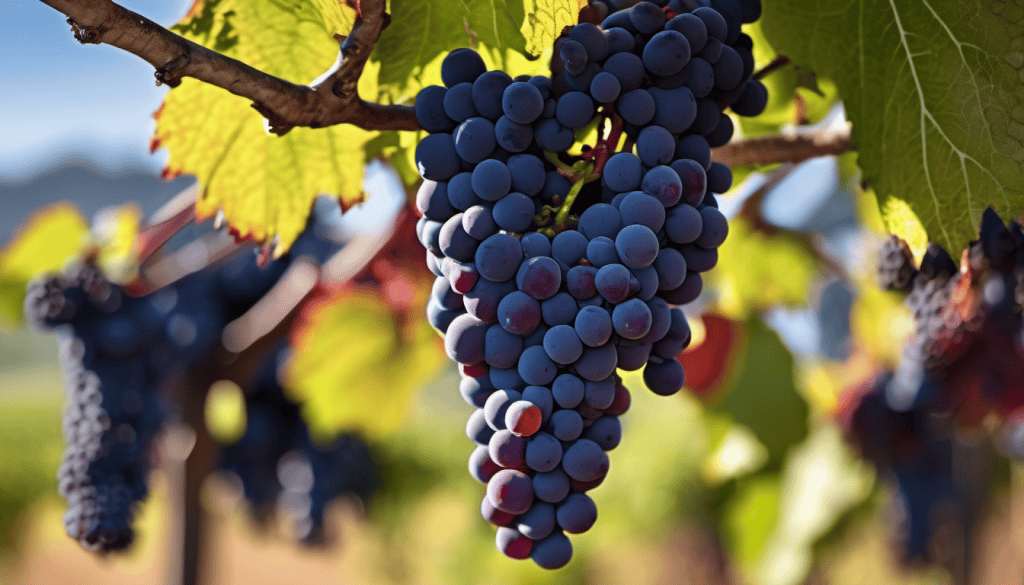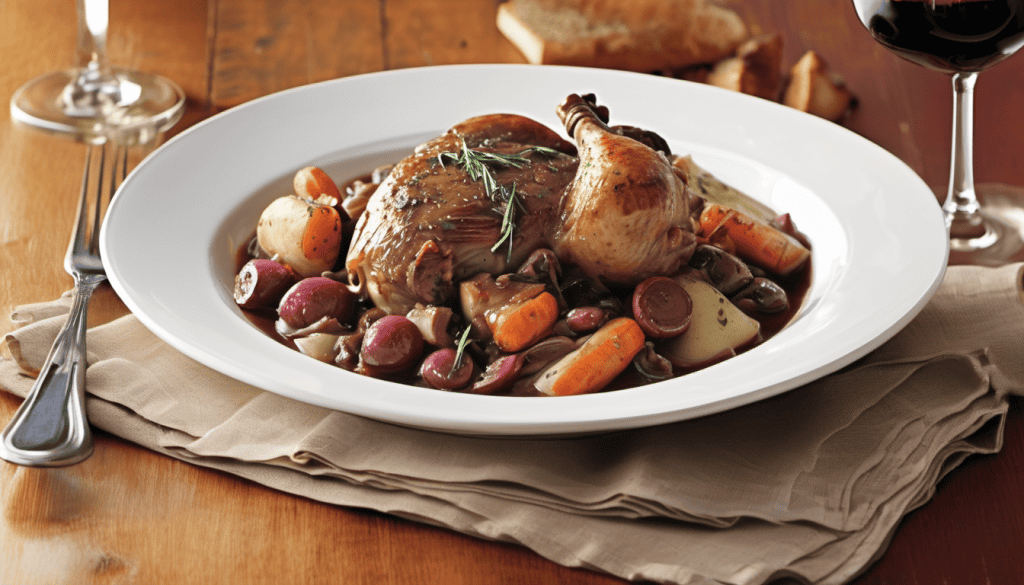As someone who loves wine, cooking, and experimenting with various ingredients, using a suitable cooking wine is very important for me. It not only adds depth of flavor but also enhances the overall taste of the dish. When it comes to red cooking wines, there’s a wide variety to choose from, each with its unique characteristics.
In this article, I’ll share my knowledge and personal experiences to help you choose the best red wine for cooking. I hope you’re excited, too, and ready to start!
Welcome to Didi Somm and Cheers!
Important Notice: The information in this article is for general and public information purposes only. It solely reflects Didi Somm’s or his Staff’s opinion, and no responsibility can be assumed for errors or omissions in the service’s contents. For details, please check the Disclaimer at the bottom of the homepage.

Main Takeaways
A good and inexpensive bottle of red wine is perfect for cooking. A dry, medium-bodied wine with moderate acidity and tannins is best, as the flavors concentrate during the cooking process.
Dry red wines with moderate tannins and acidity are ideal for deglazing pans, making sauces, and braising meats.
Match the intensity of the wine to the intensity of the dish you’re preparing.
Don’t use wines that are too old, flawed, or have been open for too long, as they can impart unpleasant flavors.
What Makes a Good Red Wine for Cooking
The key is to look for dry red wines with moderate tannins and acidity, as these will hold up well during the cooking process.
It’s essential to choose a good, inexpensive wine that you would enjoy drinking as well. This ensures that it enhances the dish’s flavors while being a delightful addition to your glass.
What is a Good Cheap Red Wine for Cooking
From personal experience, I’ve found that many inexpensive red wines from regions like Spain, Portugal, and South America can be fantastic for cooking. These wines often offer great value and have enough body and flavor to withstand the rigors of cooking without breaking the bank.
They are a smart choice for dishes that don’t require expensive wines, such as pizzas, hot dogs, spaghetti, and bologna sandwiches.
How to Choose the Best Red Wines for Cooking
When selecting a red wine for cooking, consider opting for a mid-priced, medium-bodied red wine with moderate tannins, such as Cabernet Sauvignon, Merlot, or Pinot Noir. These wines offer a balance of quality and affordability, making them suitable for enhancing the flavors of your dish without overpowering it.
For example, a bold and tannic Cabernet Sauvignon might be too much for a delicate chicken dish, while a lighter Pinot Noir could complement it without getting lost, as it might in a hearty beef stew. It’s advisable to avoid using too big, full-bodied, and tannic red wines like Shiraz, which may negatively impact the flavor of the dish.
Best Red Wine for Cooking Beef – Merlot
Merlot is one of my go-to red wines for cooking beef dishes. The wine’s soft tannins and plummy flavors pair beautifully with the richness of the beef.

Whether you’re making a classic beef bourguignon or a hearty pot roast, a good Merlot can take your dish to the next level.
Best Red Wine for Cooking Lamb – Cabernet Sauvignon
For lamb dishes, I often reach for a Cabernet Sauvignon. Its bold flavors of black cherry and cedar complement the gamey notes of lamb exceptionally well.

A Cabernet Sauvignon’s firm tannins also help cut through the fattiness of lamb, creating a balanced and harmonious dish.
Best Red Wine for Cooking Chicken – Pinot Noir
When cooking chicken, I prefer to use a lighter red wine like Pinot Noir. Its bright acidity, delicate flavors of red berries, and earthy notes pair beautifully with chicken’s versatility.

Whether you’re making a classic coq au vin or a simple pan sauce, a good Pinot Noir can elevate your chicken dish to new heights.
Featured Recipes
Beef Bourguignon with Merlot
The choice of wine, such as Merlot in this recipe, plays a crucial role in the final dish, significantly affecting its flavor and overall outcome.
This classic French stew is a testament to the power of wine in cooking. The rich, velvety sauce is made with Merlot, beef broth, and aromatics, creating a depth of flavor that’s simply divine.

Lamb Shanks Braised in Cabernet Sauvignon
Slow-braised lamb shanks in a sauce made with Cabernet Sauvignon, vegetables, and herbs are sure to impress.
The wine’s bold flavors meld perfectly with the succulent lamb, resulting in a truly unforgettable meal.

Coq au Vin with Pinot Noir
This classic French dish features chicken braised in a heavenly sauce made with Pinot Noir, mushrooms, bacon, and pearl onions.
The wine’s bright acidity cuts through the dish’s richness, creating a perfectly balanced and delicious meal.

FAQs – Best Red Wine for Cooking
Can I use cooking wine instead of regular wine? While cooking wine can be used in a pinch, I don’t recommend it as a first choice. Cooking wines often contain preservatives and have a harsh flavor that can overpower your dish.
How much wine should I use in a recipe? The amount of wine to use can vary depending on the recipe, but a general rule of thumb is to use 1/4 to 1/2 cup of wine for every pound of meat or main ingredient.
Can I use red wine that’s been opened for a while? I wouldn’t recommend using red wine that’s been open for more than a week, as it can start to oxidize and take on unpleasant flavors.
However, if you have leftover wine that is 2-3 days old, you can use it for cooking.What if a recipe calls for a specific type of wine, but I don’t have it? If a recipe calls for a specific type of wine and you don’t have it, you can substitute it with a similar style of red wine. For example, if the recipe calls for a Cabernet Sauvignon, you could use a Merlot or a Bordeaux blend instead.
Do I need to use expensive wines for cooking? No, you don’t need to use expensive wines for cooking. In fact, some of the most affordable red wines can be excellent for cooking, as the flavors concentrate during the cooking process.
Where can I find affordable wines for cooking? If you’re looking to find a good wine, inexpensive and suitable for cooking, consider checking out Trader Joe’s. They offer a variety of affordable wines that can enhance your dishes without breaking the bank.
Can I use red wine vinegar instead of red wine? While red wine vinegar can add a similar depth of flavor, it’s not a direct substitute for red wine. Red wine vinegar is much more acidic and can throw off the balance of a dish if used in place of red wine.
How do I remove the alcohol from red wine when cooking? You can let the wine simmer for a few minutes before adding it to the dish. The alcohol will evaporate, leaving behind the wine’s flavors.
Can I use white wine instead of red wine in a recipe? While white wine can be used in some recipes, it’s not a direct substitute for red wine. White wines have a different flavor profile and can alter the taste of a dish that calls for red wine.
How long does an opened bottle of red wine last for cooking? When stored in the refrigerator with a tight cork or vacuum seal, an opened bottle of red wine can last up to a week.
Can I use red wine that has been frozen? Yes, you can use red wine that has been frozen for cooking. Just be sure to thaw it completely before using it in your dish.
What’s the best way to deglaze a pan with red wine? Heat the pan over high heat and pour in the wine. Use a wooden spoon to scrape up any browned bits from the bottom of the pan, creating a flavorful sauce.
How do I know if a wine is too old or flawed to use for cooking? If a wine has an off-putting aroma or taste, such as a vinegar-like smell or a musty flavor, it’s likely too old or flawed to use for cooking. Trust your senses and discard any wine that doesn’t smell or taste fresh.
Can I use the same red wine for cooking and drinking? While you can, I generally recommend using less expensive wine for cooking and drink the more expensive bottles for drinking.
Can I use red wine in desserts? Absolutely! Red wine can add depth and complexity to certain desserts, such as chocolate cakes and poached fruits, and reduces sauces or glazes.
Conclusion
Cooking with red wine offers a wide range of possible applications and adds depth, complexity, and richness to your meals.
In this article, you learned about the different types of red wines and their unique characteristics. I encourage you to experiment with various ingredients (meats, fish/seafood, vegetables, herbs, etc.) and choose the most suitable red wine for each dish to create truly exceptional culinary experiences for your guests and yourself.
Bon Appétit, and Cheers!
For your reference, the latest articles by Didi Somm include:
- How Many Calories in a Bottle of Wine? – Find Out Here
- What Wine Goes with Salmon? Discover 11 Expert Tips
- Mini Wine Fridge – Best Selection of up to 18 Bottles
- What Temperature Should Red Wine Be Stored At? – 7 Expert Tips
- Non Alcoholic Wine – 5 “Great Myths” You Must Know
- How to Use a Wine Opener? – 7 Best Tips You Must Know
Important Notice: The information in this article is for general and public information purposes only. It solely reflects Didi Somm’s or his Staff’s opinion, and no responsibility can be assumed for errors or omissions in the Service’s contents – for details, please check the Disclaimer at the bottom of the homepage.





